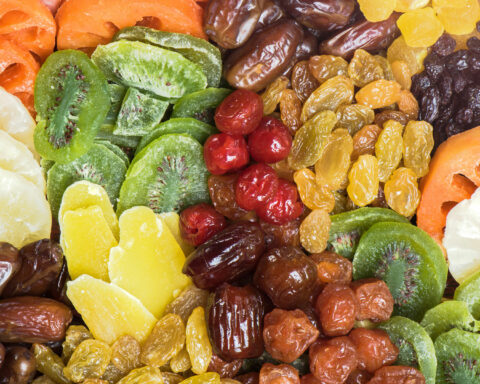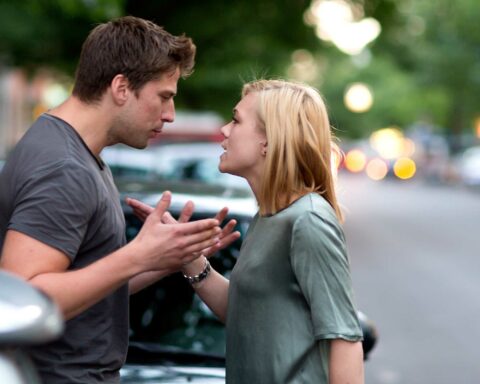A blood clot is a gel-like collection of blood forming in arteries or veins, making blood change from liquid to solid state. Blood clots, including a deep vein thrombosis, occur in various veins, especially in the thigh, arm, or lower leg. It can come with symptoms, including skin redness, pan, and swelling. If left untreated, it can cause pulmonary embolism- a blockage in the lungs that may result in breathing problems, chest pain, or irregular heart rate. Conditions increasing the risk include;
Diabetes
Diabetes is associated with plaque accumulation in the arteries, which can result in unsafe blood clotting. Research shows that about 80% of patients with diabetes die of clot-related issues.
Atherosclerosis
This conditions is accompanied by plaque buildup in the arteries. If you do not counter the accumulation, the plaque may rapture, and trigger clot formation in the area.
Atrial fibrillation
Atrial fibrillation is a condition related to irregular heartbeat. As a result, blood pooling may occur in the upper part of the heart possibly leading to clots.
- Chickpeas vs. Garbanzo Beans: What’s the Difference? - April 19, 2024
- How to Manage or Improve Anxiety - September 21, 2023
- The birth of a company - July 29, 2023









